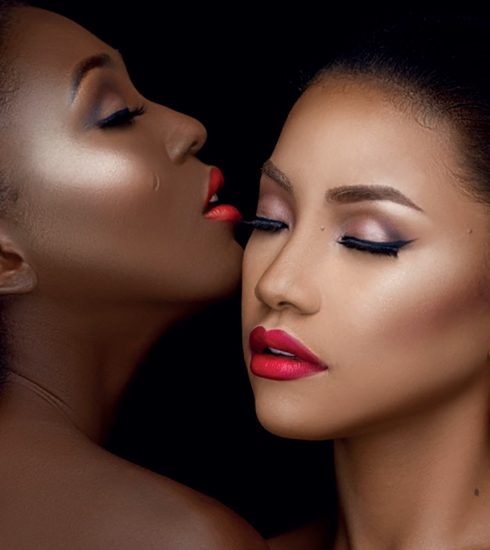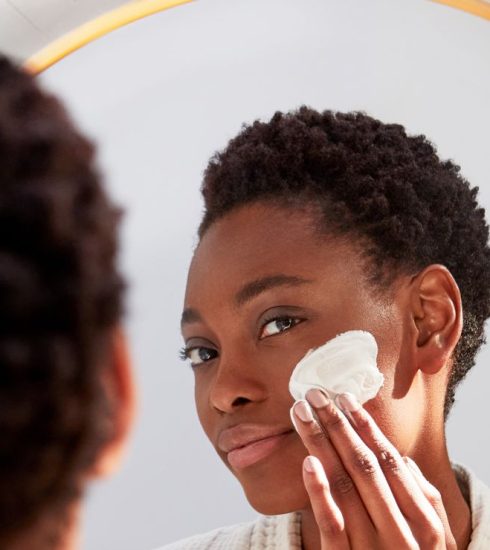Dead Skin Buildup: Causes And Removal Tips
A normal aspect of the body’s rejuvenation process is dead skin. Dead cells on the outermost layer of skin can appear as flaky, dry, or rough patches. Calluses may result from build-up in more extreme situations, particularly on the soles of the feet. Using different exfoliation methods can help the skin shed more efficiently. Dead skin is not a particularly sexy term, but that doesn’t imply it has no meaning. Although excessive amounts of dead skin might seriously damage your complexion, they are essential for healthy skin. The secret to preserving dead skin for function rather than damage is to remove it safely before it becomes too thick. This is where exfoliation comes in handy, but it’s not an easy task to remove dead skin. This article covers the causes of dead skin cells, followed by tips on safely removing them.
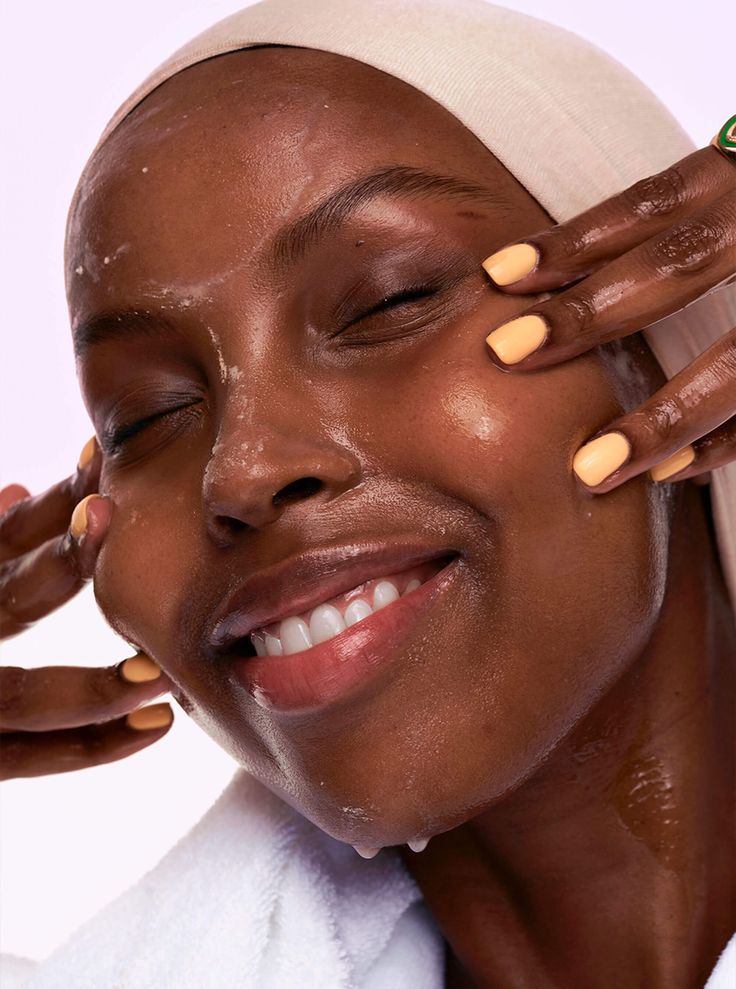
WHAT CAUSES DEAD SKIN TO ACCUMULATE?
Dirt from the skin can build up and negatively impact your complexion and skin health, but it can also play a significant role in the natural cell turnover process, as we have discussed above. Various factors, including weather, lifestyle, skin care products, age, sun exposure, and dehydration, can cause a build-up of dead skin cells. The skin becomes lifeless, flaky, and occasionally even dry if those cells are not adequately sloughed off—either naturally or through manual exfoliation. Here’s where regular exfoliation becomes useful.
HOW TO SAFELY REMOVE IT
(1) SCRUBS
The most well-known and instantly satisfying exfoliating method is undoubtedly using a skin scrub or physical exfoliant. For those unaware, physically scrubbing the skin with an abrasive is known as mechanical exfoliation. Usually, this is done with beads, sugar, salt, or shells to assist in sloughing off dead skin. Selecting a formula with tiny, fine particles is advised if you decide to use this technique to prevent the skin from developing small tears. And go lightly; don’t exert excessive force.
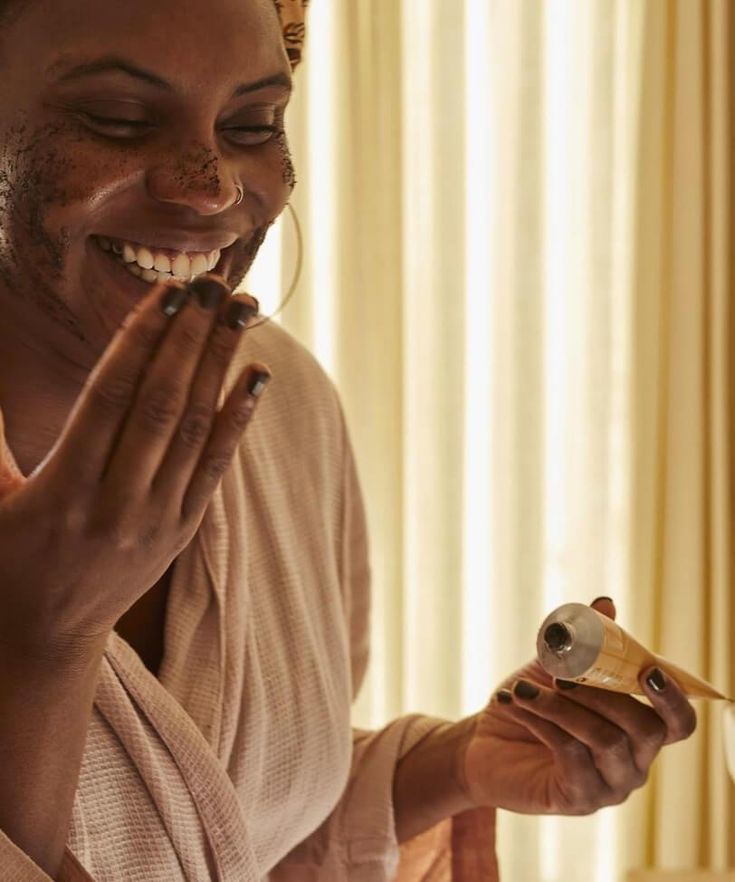
(2) SHOWER POUF AND SPONGES
The delicate pores in these shower items softly buff your skin smooth, making them one of the gentlest exfoliation methods. It’s also likely that you already own one of these in your arsenal. To ensure proper drying and prevent bacterial growth, hang your sponge. Not only is this exfoliation method safe to use regularly, but it also has the added benefit of making your body wash lather wonderfully.
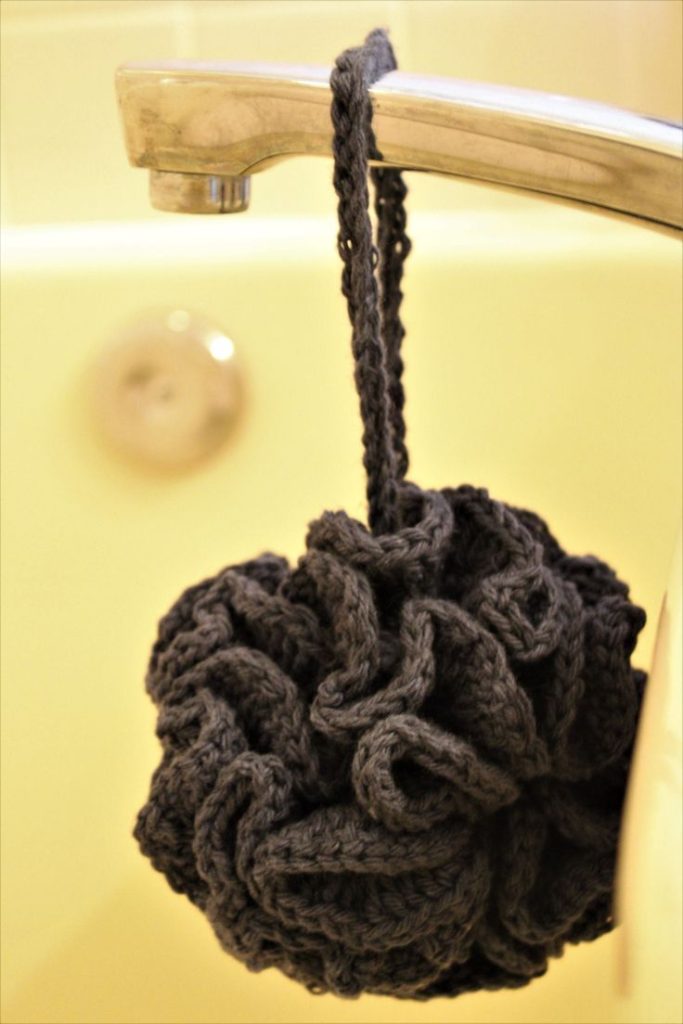
(3) DRY BRUSHING
This age-old Ayurvedic method can remove surplus dead skin cells on the skin’s surface. In addition to being a self-care practice, dry brushing has been shown to help with circulation in the body. Working from your toes to your neck, stimulate the lymph to flow toward your upper torso and chest. This exfoliating method is best used on the body, though you can also use it lightly on the face.
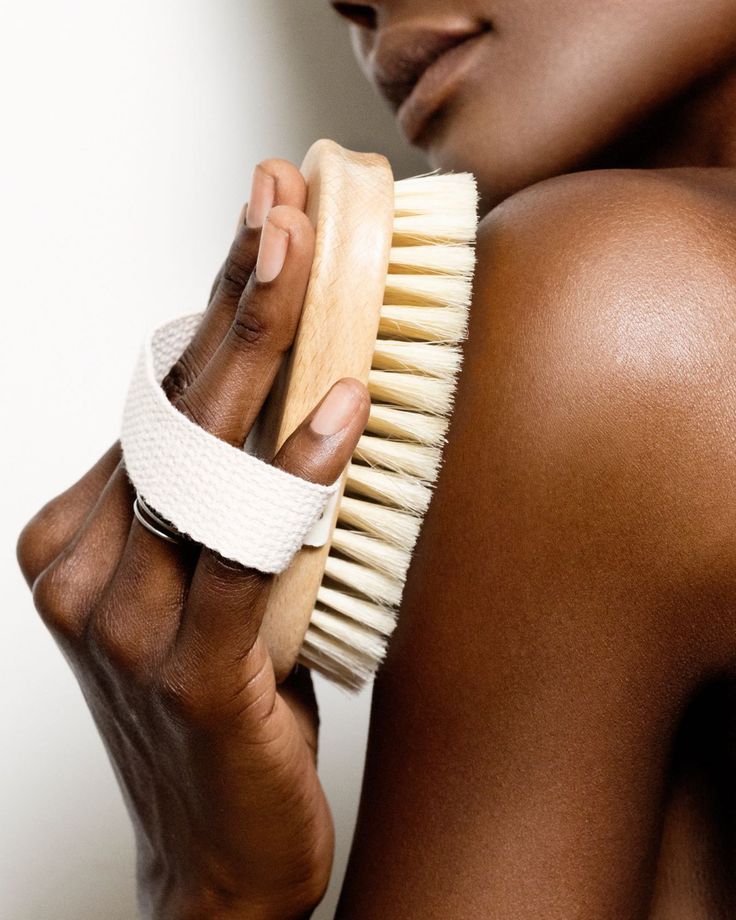
(4) EXFOLIATING GLOVES
Let us introduce you to the popular shower accessory, the exfoliating glove, if you haven’t used one yet. These mitts are designed to remove dead skin, increase circulation, and even prevent ingrown hairs. They come in a range of textures. Just put on the glove, move in circular patterns, and bid undesired dead skin cells farewell.
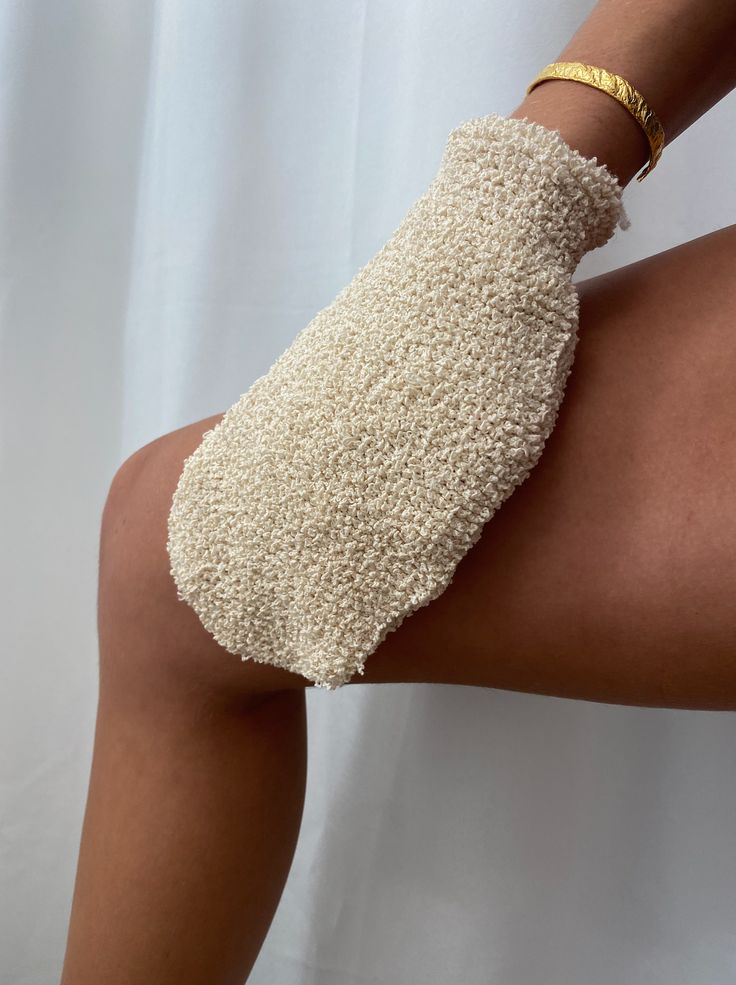
(5) CHEMICAL PEELS
To begin with, not everyone is a good candidate for chemical peels. However, if you’re ready for the task, you can determine which peel is ideal for your skin type by visiting your neighbourhood physician or esthetician. Higher acid concentrations are used in these in-office procedures to assist in exfoliating accumulated dead skin cells, reduce fine wrinkles, and enhance the skin’s natural brightness.
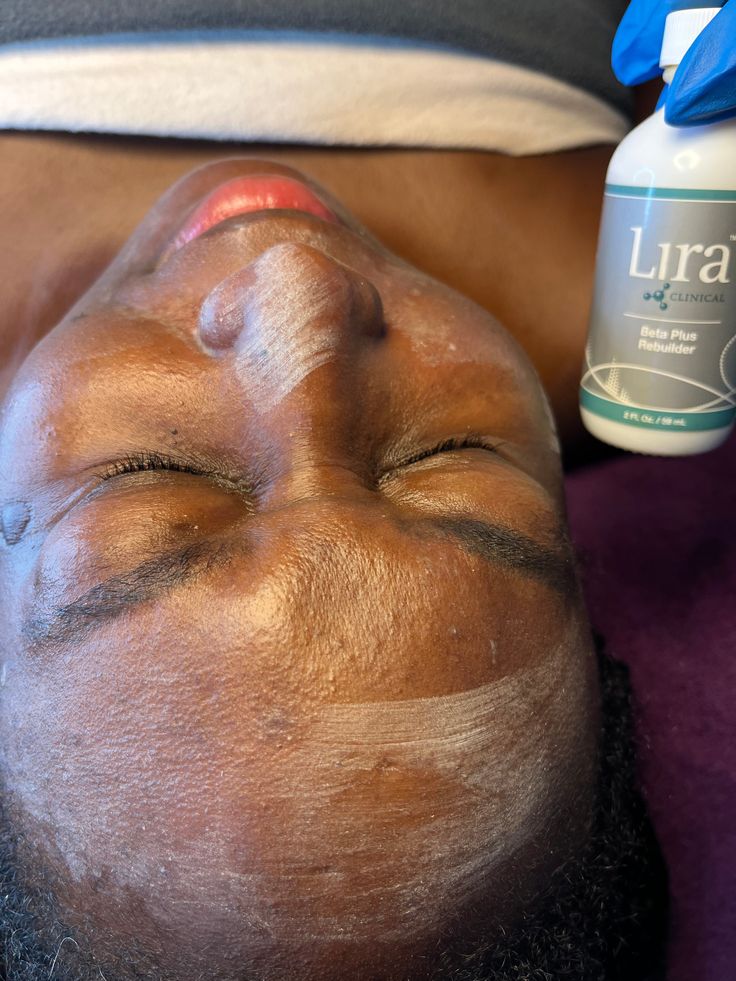
CONCLUSION
Not all dead skin cells are harmful, but many can be. To maintain the best possible condition for your skin, identify your ideal level of exfoliation and stick with it. Maintaining the equilibrium between exfoliation and hydration is essential to maintaining the skin’s natural process and achieving youthful, beautiful skin without accelerating or decelerating it.

Dorcas Akintoye is a versatile writer with a passion for beauty, fashion, relationships, and culinary delight. With a keen eye for detail and a passion for storytelling, she adds a touch of elegance to every topic she explores. She is a writer at THEWILL DOWNTOWN.




